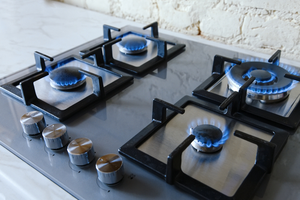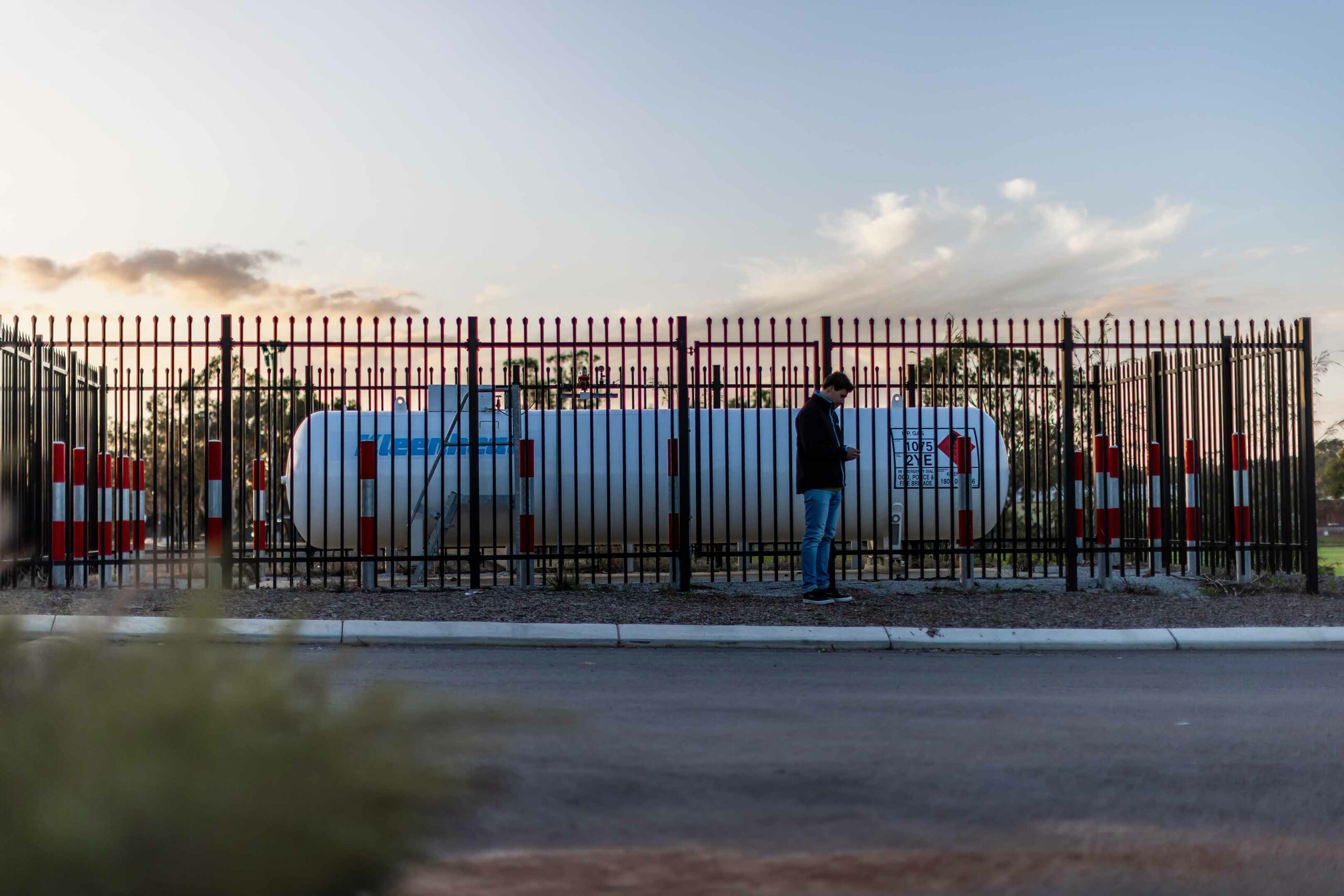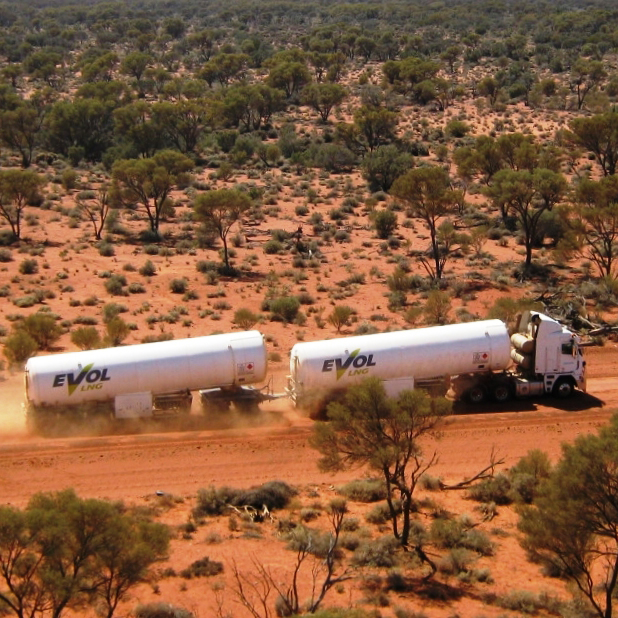What’s the difference between natural gas, LPG, and LNG?
Natural gas (NG), liquified petroleum gas (LPG), and liquified natural gas (LNG) are made up of the same elements in different quantities.
As a result, they differ in density, energy content, storage needs, combustion requirements, and delivery methods. 
Natural gas is piped into residential, commercial, and industrial properties, whilst LPG is often supplied via gas cylinders.
Natural Gas vs LPG vs LNG
- Natural gas is primarily methane (CH4, or one carbon and 4 hydrogens),
- LPG can be purchased in two forms depending on the user’s need; as propane (C3H8, or three carbons and eight hydrogens) or as butane (C4H10, or 4 carbons and 10 hydrogens),
- The primary component of LNG is methane (CH4, or one carbon and four hydrogens), but LNG also commonly contains small amounts of ethane, propane, butane, and nitrogen.
The natural gas network in WA 
Western Australia’s natural gas network extends from Geraldton to Bunbury, so most people living between these areas can use gas from a pipeline that runs past their home or property.
If the gas pipeline network doesn’t extend to a property, those properties would need to rely on electricity or LPG cylinders for their household cooking and heating, or business operations.
Kleenheat supplies LPG directly to businesses in regional and remote WA and the Northern Territory, in larger gas cylinders or bulk tank storage.
Liquified natural gas
Kleenheat also produces and supplies liquefied natural gas, or LNG, to mining, marine, and industrial operations, through Kleenheat’s subsidiary EVOL LNG.
LNG is a safe, low-cost, clean-burning fuel in comparison to traditional oil-derived fuels.
Liquified natural gas or LNG is a clear, colourless, non-toxic cryogenic liquid that is produced when natural gas is cooled to minus 161ºC at atmospheric pressure.
LNG is cooled down to a liquid form and stored in spherical tanks, so that it can be stored on ships or road trains safely and then transported over long distances.
Since 2008, mining operations in the Goldfields and Mid-West have been able to operate on LNG as an alternative to diesel. Using LNG on mine-sites is economically beneficial and can reduce negative environmental side effects.